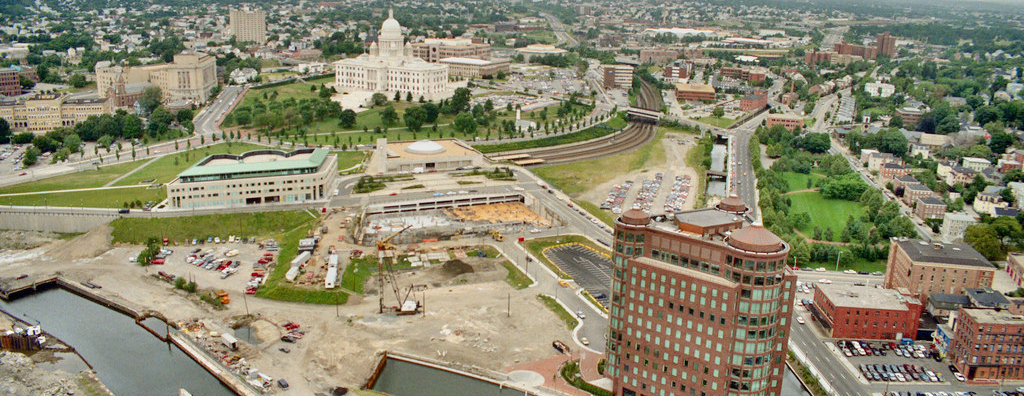
Environmental Justice Wins with California Cap and Trade
Jacoba Aldersebaes, The Climate Trust
As published by TriplePundit – July 28, 2016
Environmental justice is in need of a win, especially when the current climate crisis serves to magnify racial inequality and dramatically effects the poor and communities of color. This win is exactly what is happening in California, where the cap and trade system is eliminating greenhouse gas emissions, and doing so without disproportionately impacting low-income communities.
A recent study by UCLA’s Luskin Center for Innovation, provided analysis of the California cap and trade program’s impact on households in disadvantaged communities across California, finding that the state is effectively protecting low-income residents from cap and trade compliance costs. The report specifically looked at how well the state’s efforts to help low-income communities are reflected in the electricity, natural gas, and gasoline sectors.
The California carbon market’s tactics have been found to lower greenhouse gas emissions from large emitters, while simultaneously providing critical support to California communities. Policies implemented include helping residents reduce utility usage to lower bills; distributing cap-and-trade auction revenue directly to residents through climate credits; and working with utility companies to continue low-income incentive programs for households unable to afford their monthly bills.
A major concern when cap and trade was first implemented in 2013 was the possibility that the 450 covered entities would pass along the additional costs of greenhouse gas reduction strategies to the consumer, which could very quickly impact low-income communities at a higher rate. For example, a fee increase on an electricity bill would affect a low-income household more than a middle or upper class earner, as household bills account for a higher percentage of the total budget in a family with less discretionary funds.
The state strategies enacted to prevent this inequality and support consumers, have indeed made huge strides by ensuring low-income households are not disproportionately affected by cap-and-trade financial outcomes. Climate credits in particular are an impactful and replicable measure that others may be wise to implement in their own state systems. Climate credits in California show up as a line item credit on consumer’s energy bill twice per year. The money is derived from permits the utility companies are required to hold to emit carbon. This credit is used to offset any partial costs passed down from the utility due to cap and trade.
However, environmental justice concerns have a wider span than simply income-related issues. The “trade” half of cap and trade can cause other non-desirable outcomes, such as cutting corners on environmental regulation by moving industry to more affordable locations to cut costs. These “more affordable” areas happen to be where most low-income communities reside, putting residents at a higher risk of exposure to pollutants. Health is a major concern for environmental justice advocates, and admittedly, has not been tracked as clearly as the financial impacts of the program.
In late 2015, California Governor Jerry Brown sent a directive to the California Environmental Protection Agency (EPA) to produce a report that tracks public health and environmental exposures in disadvantaged communities. The California EPA has one year to complete the report, and will update the findings every three years thereafter. This directive is seen as a positive step by the environmental justice community, as it has finally drawn attention to this incredibly important issue.
Overall, California has been a consistent leader in the environmental movement and has once again proven its credentials by placing emphasis on the importance of environmental justice in the implementation of its cap and trade system. There has been strong sentiment from the state that while the climate crisis affects us all, it doesn’t affect us all equally. Much of the program’s success can be attributed to grassroots efforts, as well as a shared belief that protecting the environment and fighting climate change should not come at the expense of those struggling with poverty and inequality.
The next big hurdle for cap and trade will be to forge ahead and extend the program past the legislative end date of 2020. In July, Governor Jerry Brown stated his intent to extend the cap and trade program through 2050, although questions of authority exist and nothing is yet settled. While this announcement is a strong signal for the continuation of the market, extending California’s cap and trade program is something environmental justice advocates, politicians, and everyone in between should be prepared to fight for.
Image credit: Flickr/Will Hart